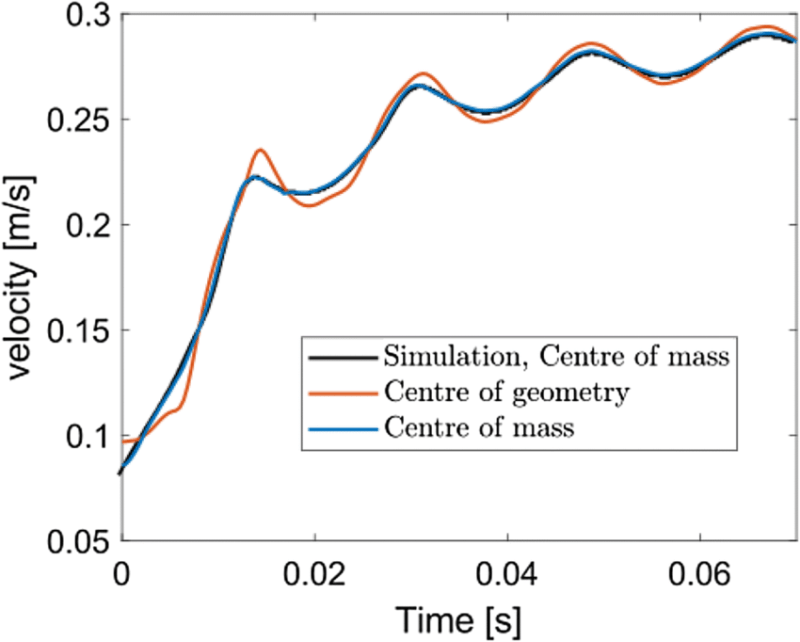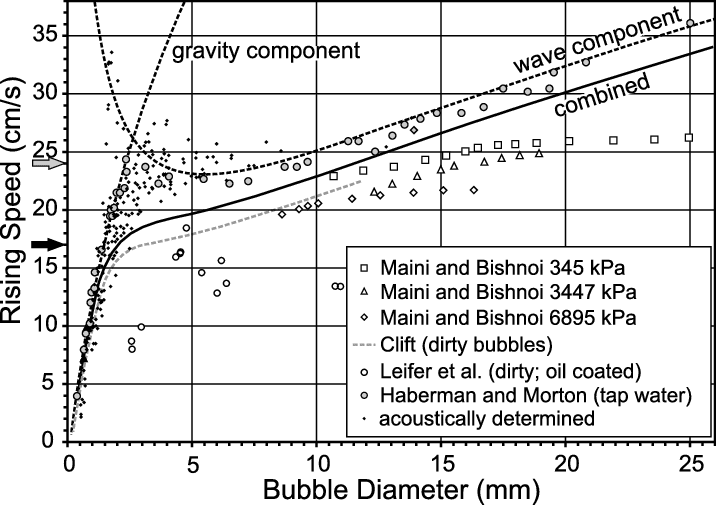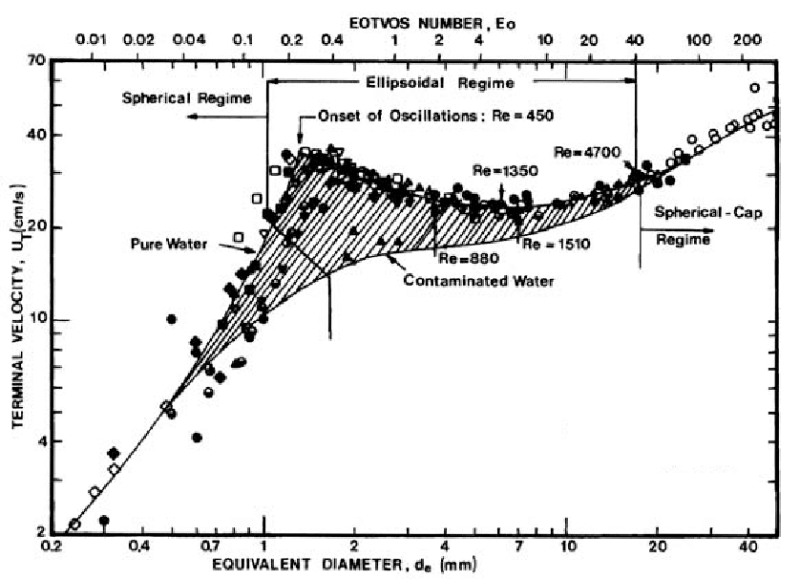NW_Wash_Eng
Mechanical
- May 22, 2024
- 14
Hello all!
I am working on refining and improving a piping system for a facility that is in design. One item I would like to reduce the overall use of (if possible) is air relief valves we have. Currently, we have been cautious and included an air relief valve at every local high spot and one air/vacuum relief combo valve at the absolute high point. The pipes in question are all on a pipe rack that was designed with 3 to 4 levels, each 36" apart. Some of the small pipes (1", 2", 3") have quite a few undulations to fit around the larger pipes (4" through 12") due to lack of space available on each level. In other words, some were fit where they could and squeezed through where they needed to go. My first step is leveling out the pipes as much as we can, but in some places that is just not going to work.
I assume the "proper" answer is yes, I need air relief valves at every location a pipe drops in elevation. But in actual practice how much does air build up actually affect the system? I assume it has to do with reducing pump performance. Is there a correlation between pipe diameter, flowrate, and how much of an elevation change the pump can "push" the air through? Or is there any guidelines/best practices for such an application that I should be following?
My follow up question is about some literature. I would quite like to dive a little deeper into piping system design as a whole, as I am quite new to it but have very much enjoyed it. Any recommendations? I have been looking at "Piping Systems Manual" by Brian Silowash, but haven't pulled the trigger yet.
Thanks!
I am working on refining and improving a piping system for a facility that is in design. One item I would like to reduce the overall use of (if possible) is air relief valves we have. Currently, we have been cautious and included an air relief valve at every local high spot and one air/vacuum relief combo valve at the absolute high point. The pipes in question are all on a pipe rack that was designed with 3 to 4 levels, each 36" apart. Some of the small pipes (1", 2", 3") have quite a few undulations to fit around the larger pipes (4" through 12") due to lack of space available on each level. In other words, some were fit where they could and squeezed through where they needed to go. My first step is leveling out the pipes as much as we can, but in some places that is just not going to work.
I assume the "proper" answer is yes, I need air relief valves at every location a pipe drops in elevation. But in actual practice how much does air build up actually affect the system? I assume it has to do with reducing pump performance. Is there a correlation between pipe diameter, flowrate, and how much of an elevation change the pump can "push" the air through? Or is there any guidelines/best practices for such an application that I should be following?
My follow up question is about some literature. I would quite like to dive a little deeper into piping system design as a whole, as I am quite new to it but have very much enjoyed it. Any recommendations? I have been looking at "Piping Systems Manual" by Brian Silowash, but haven't pulled the trigger yet.
Thanks!




